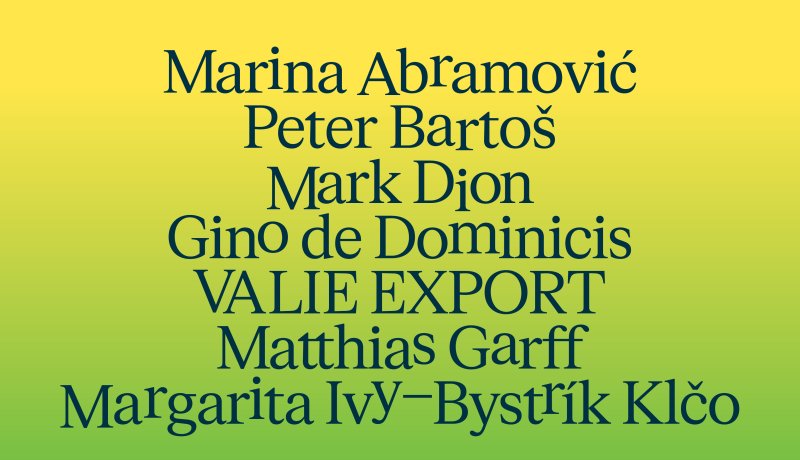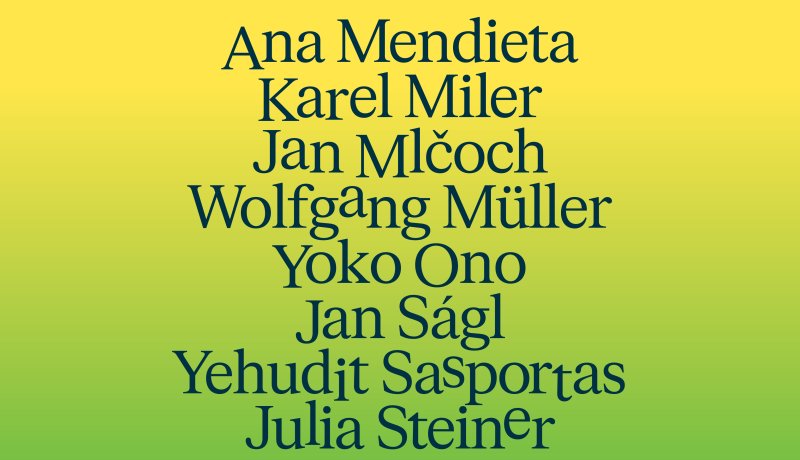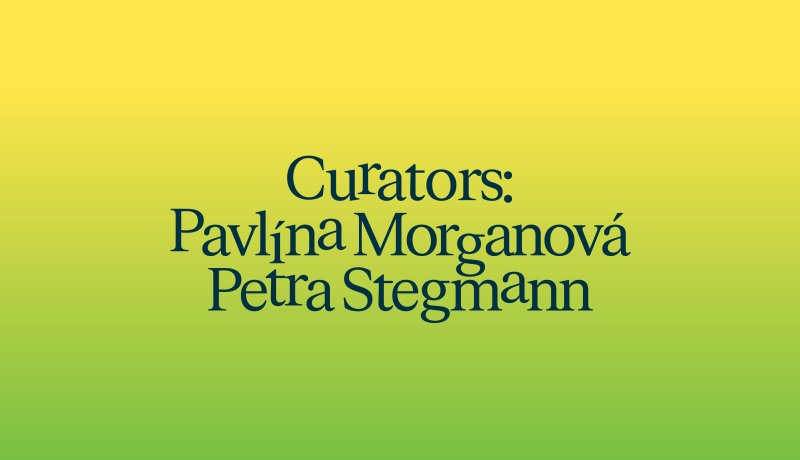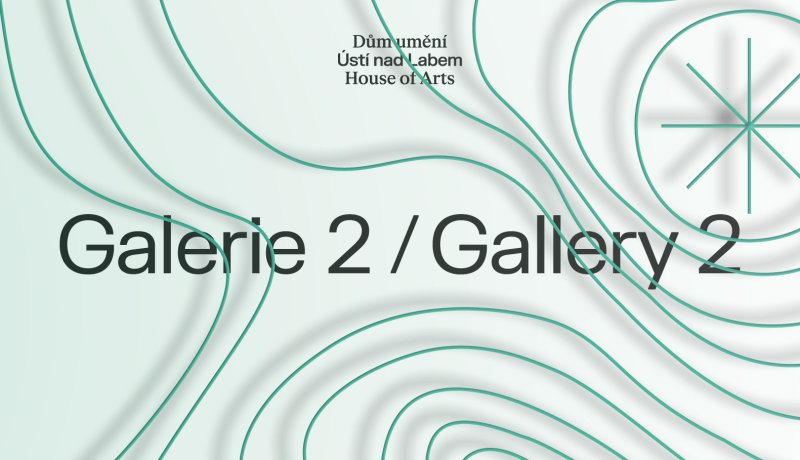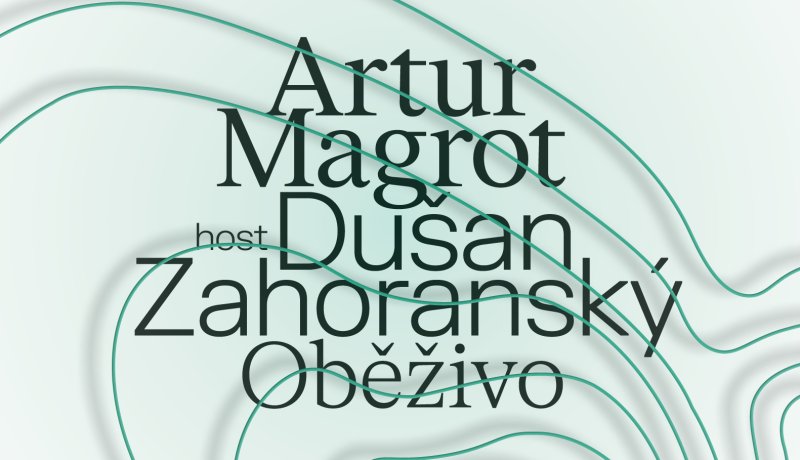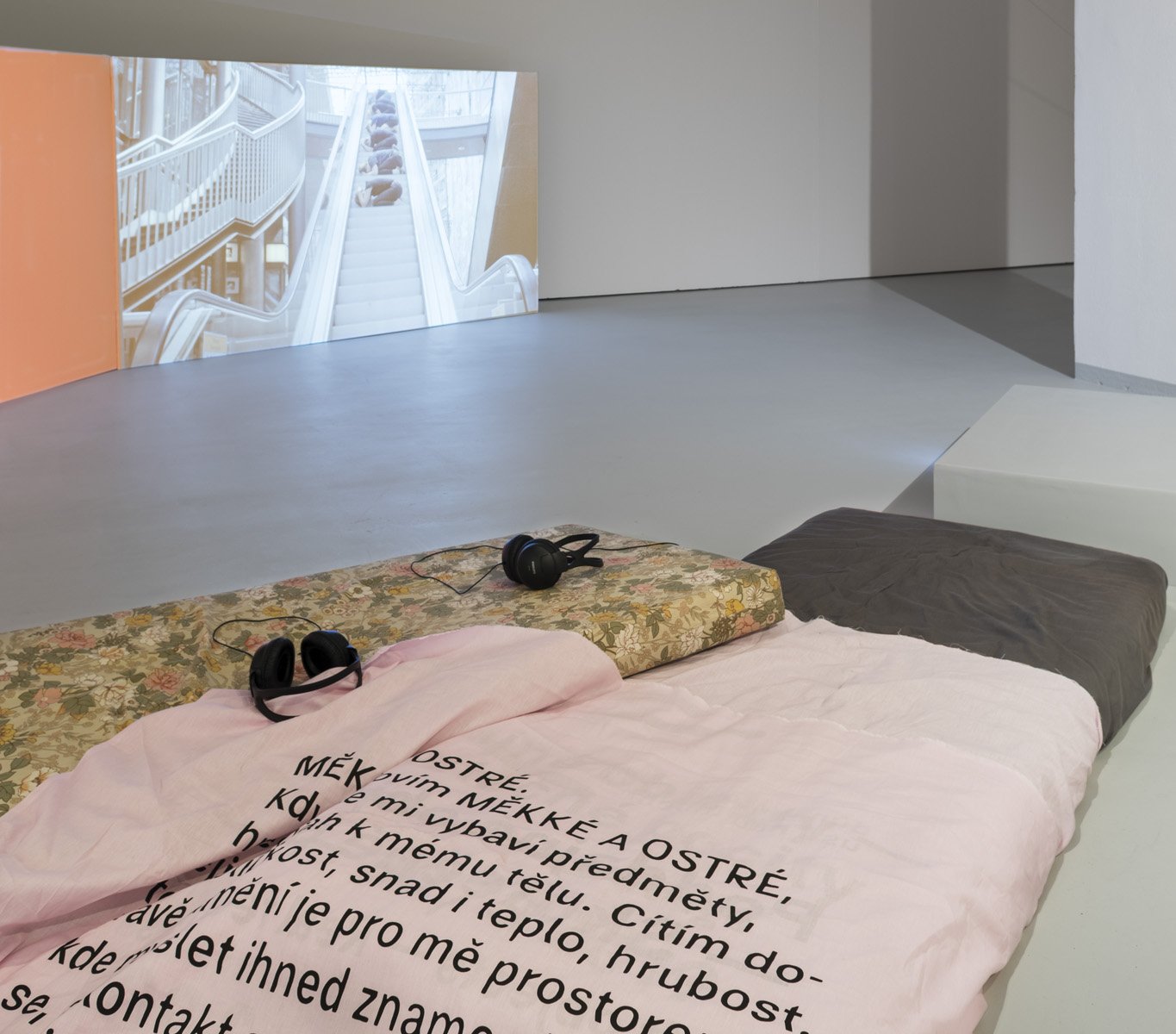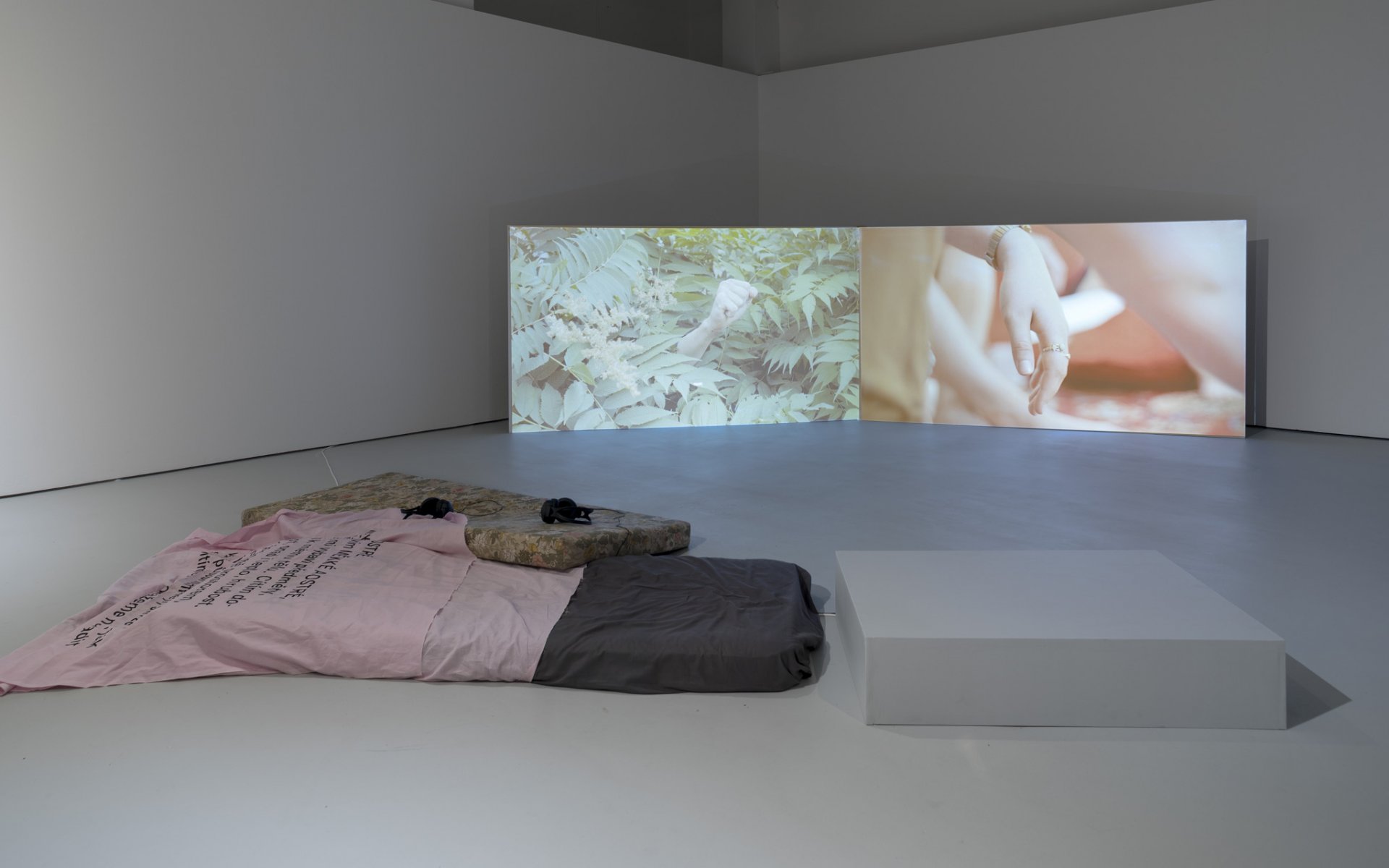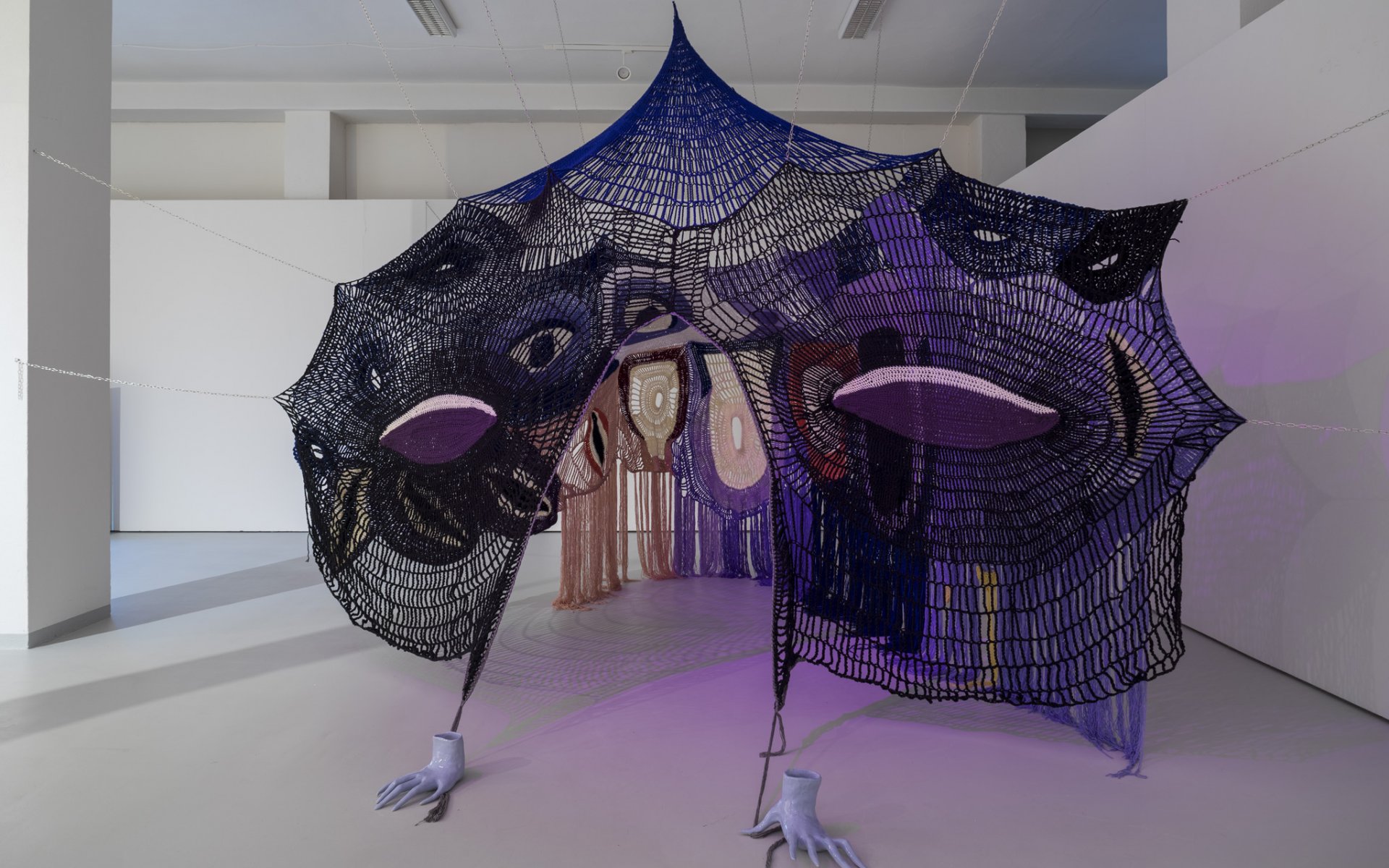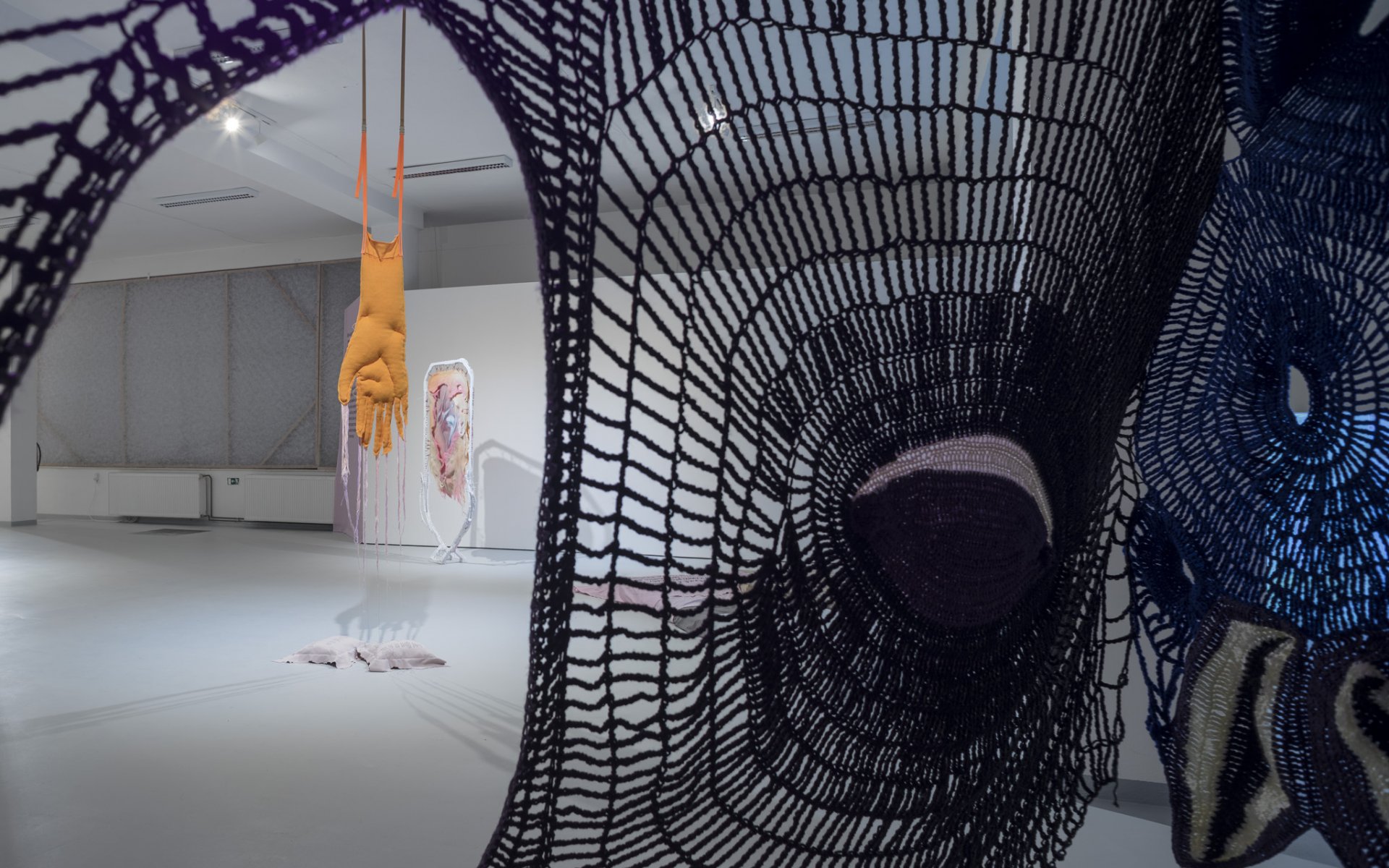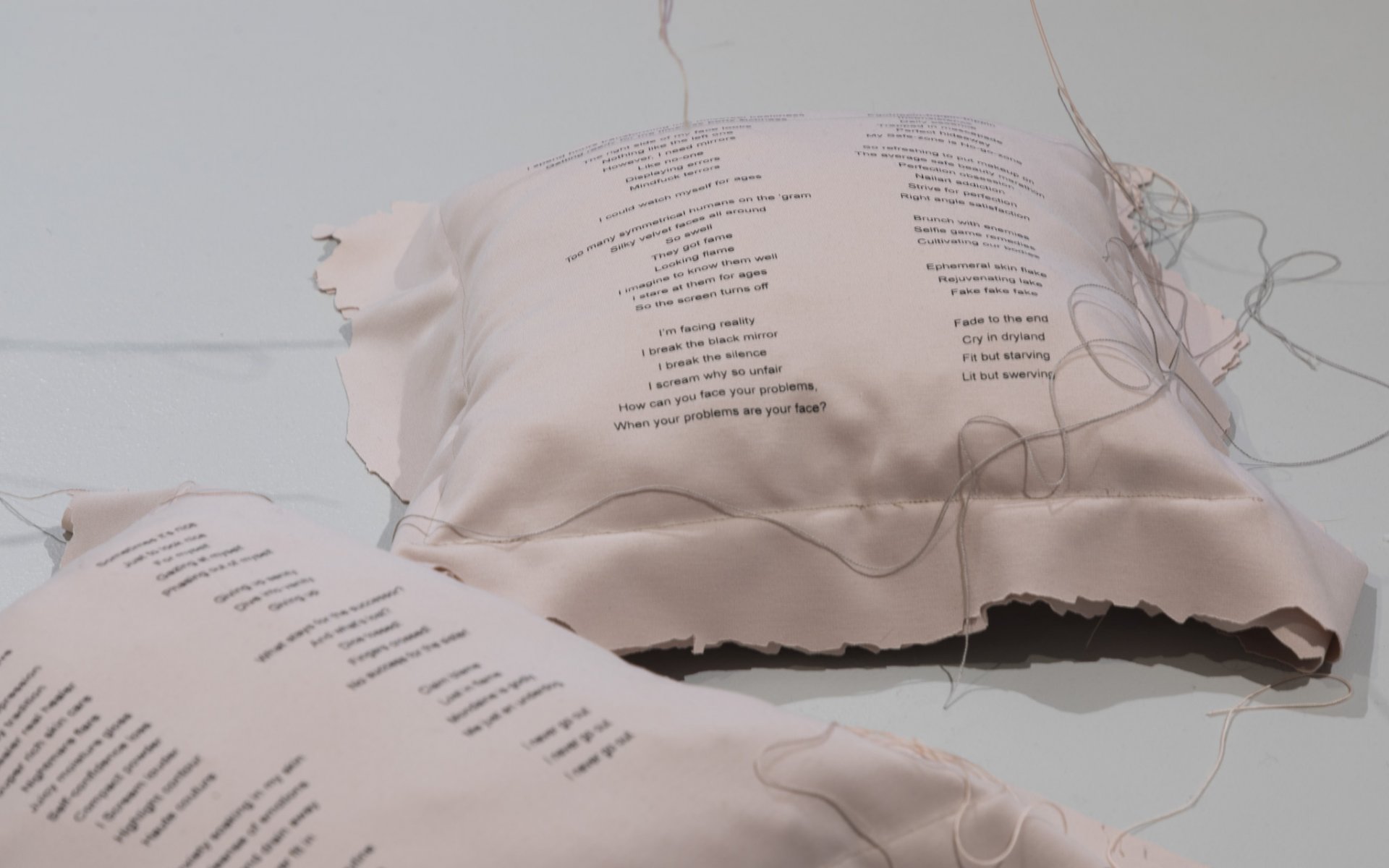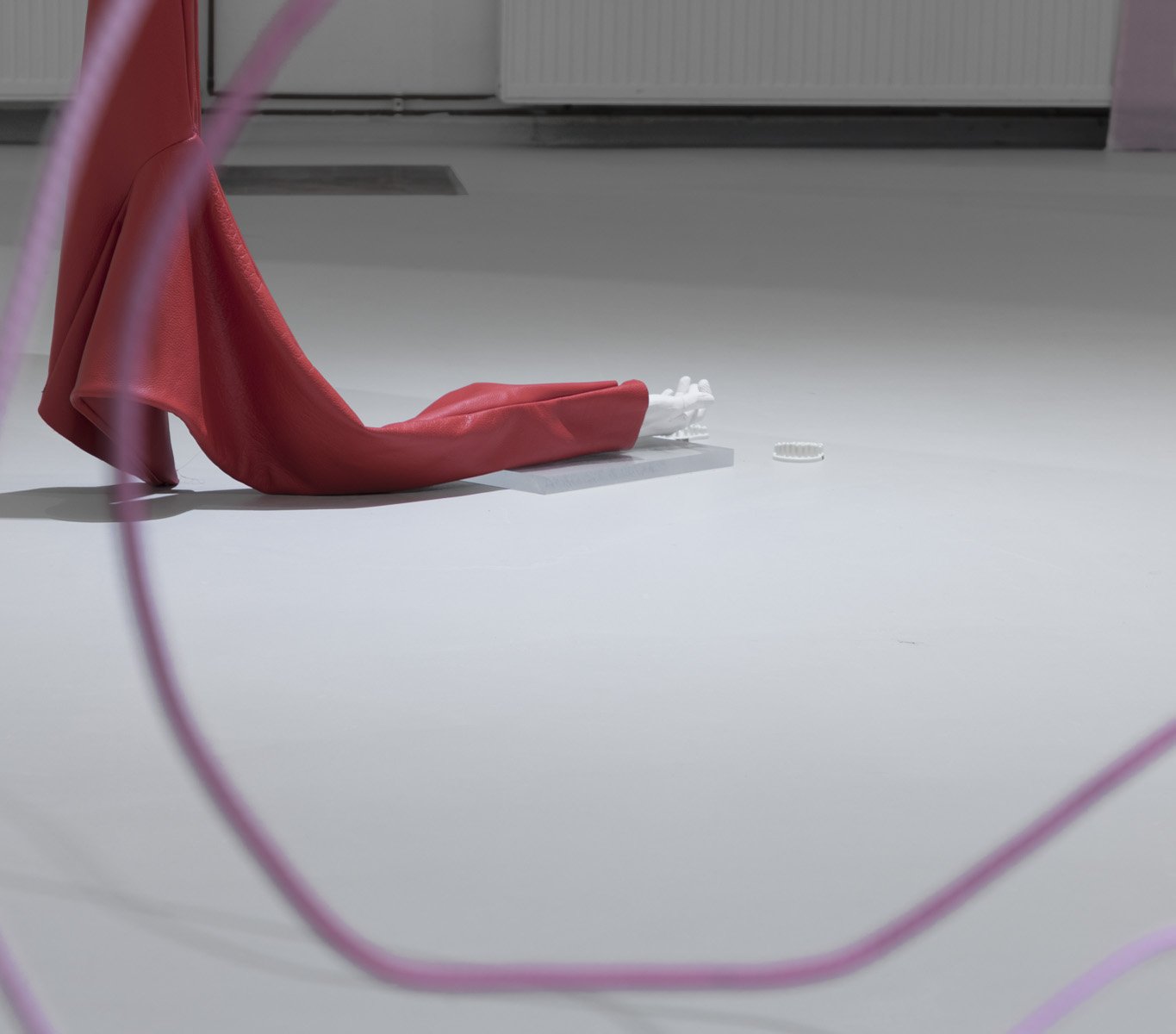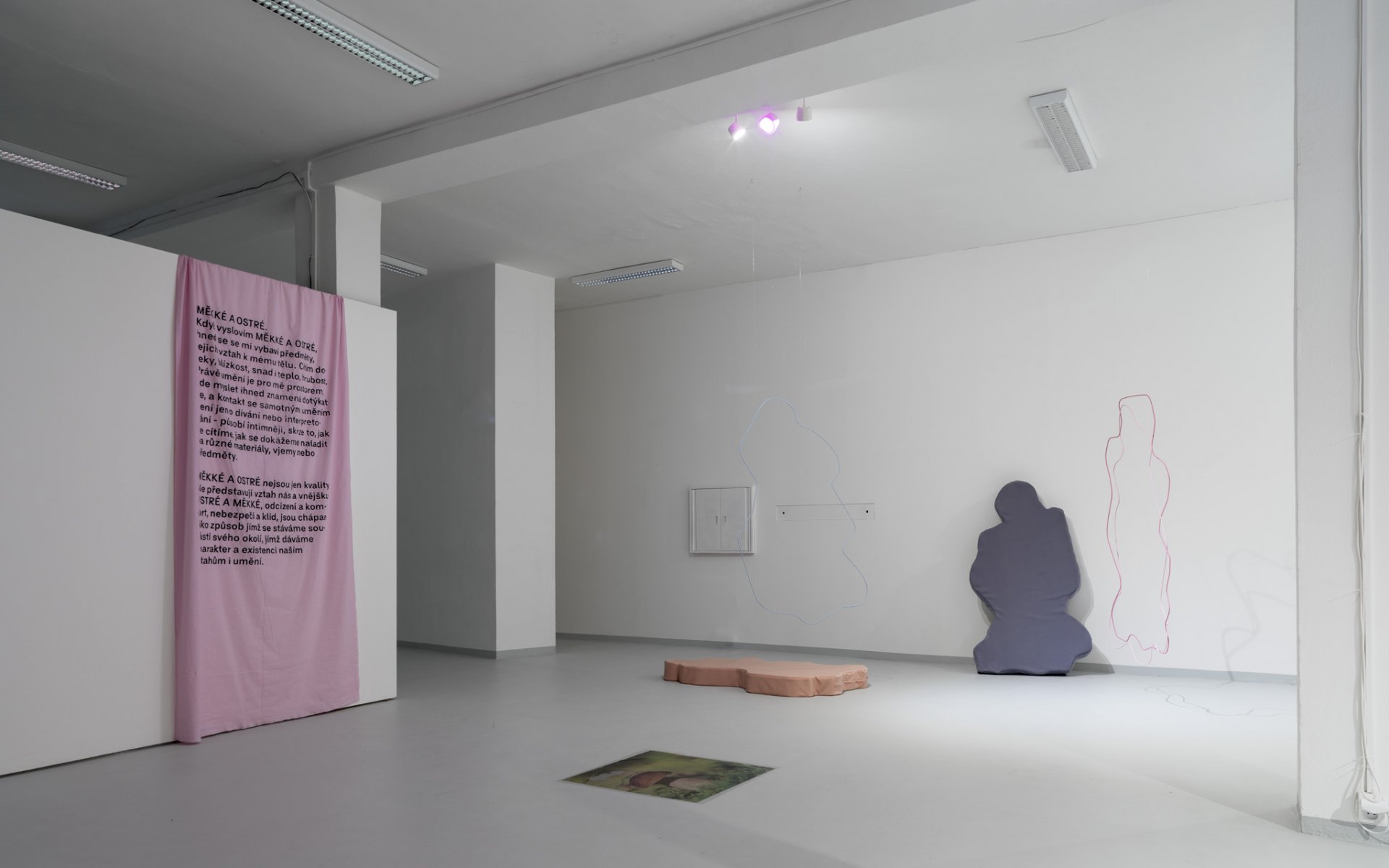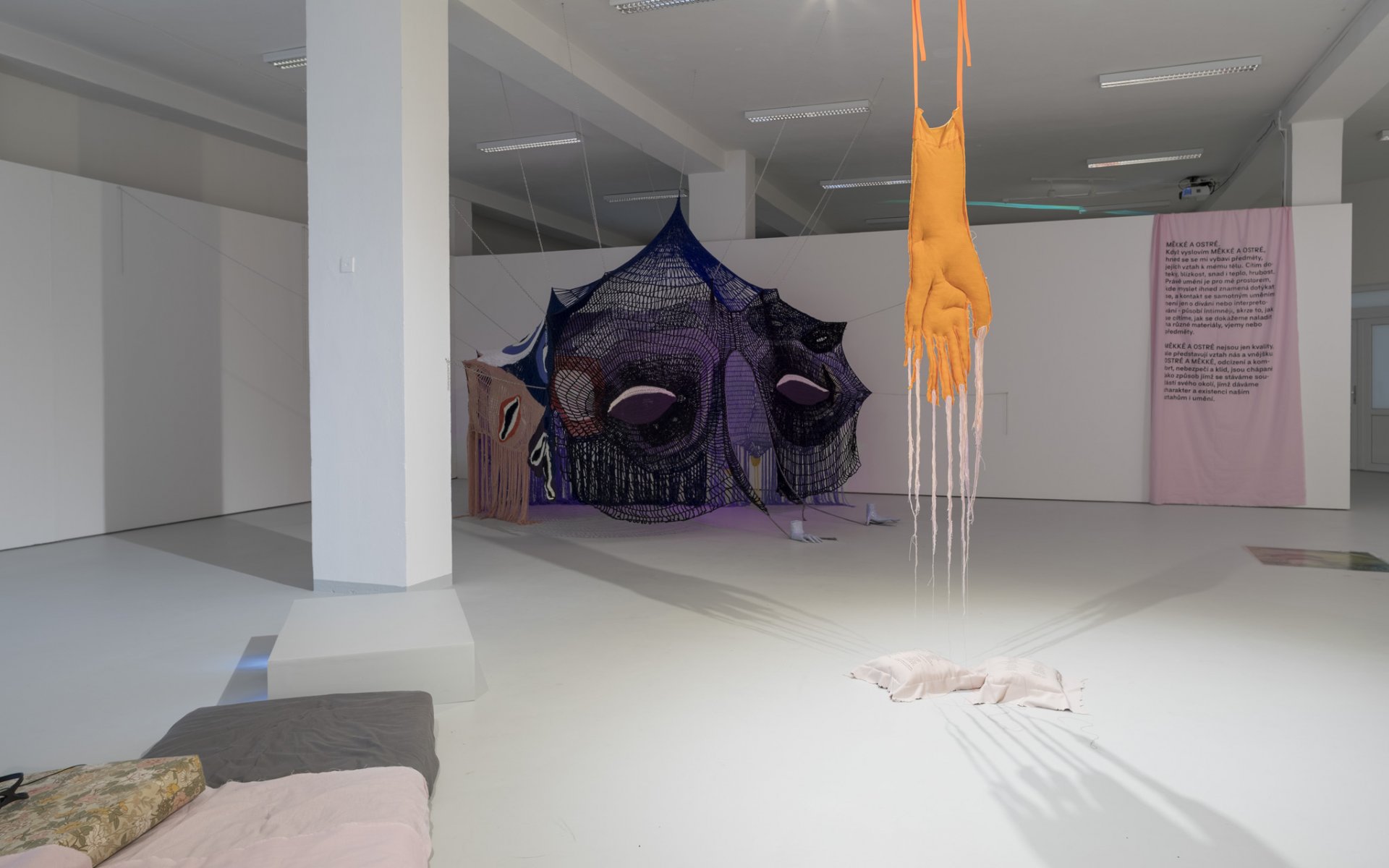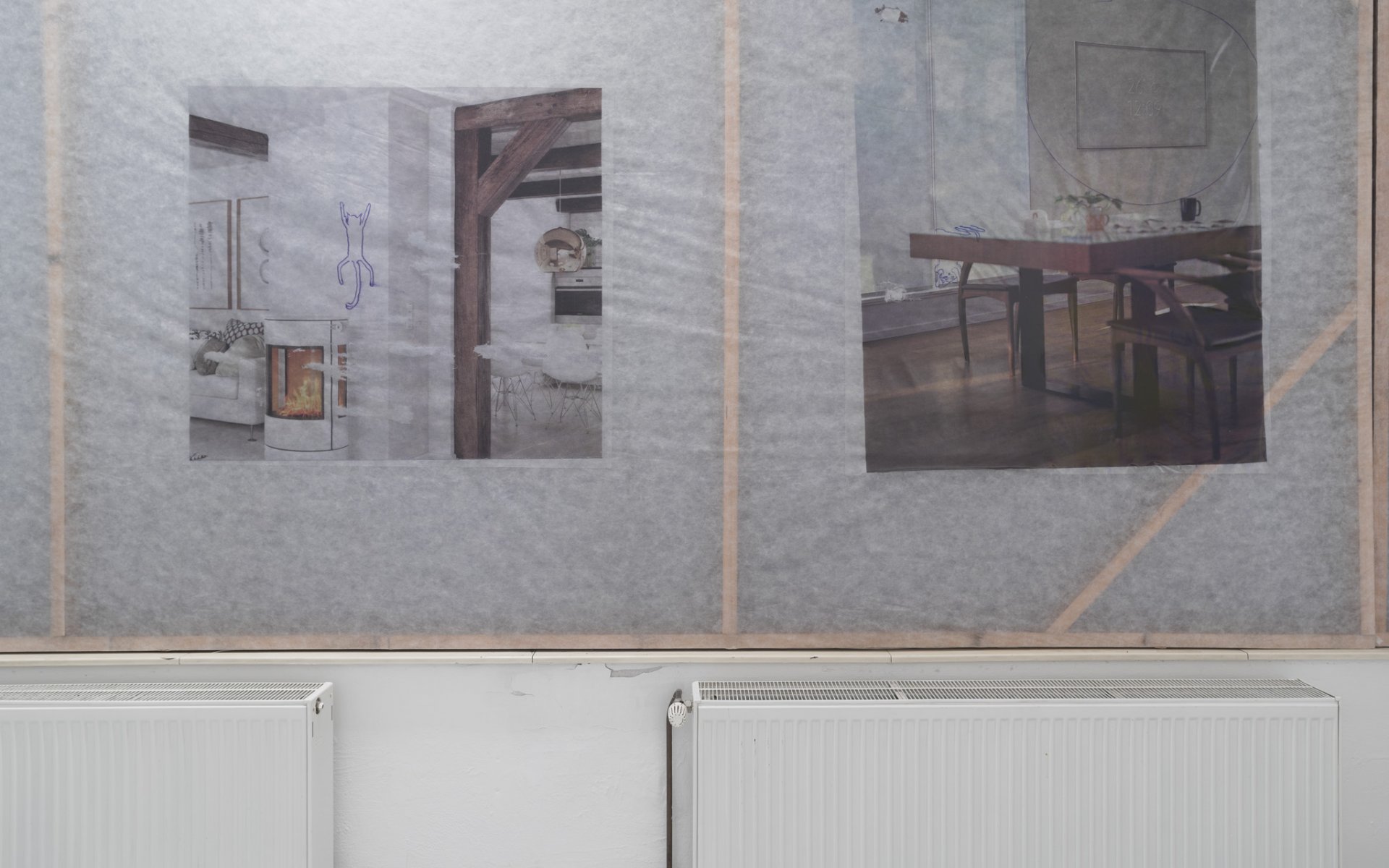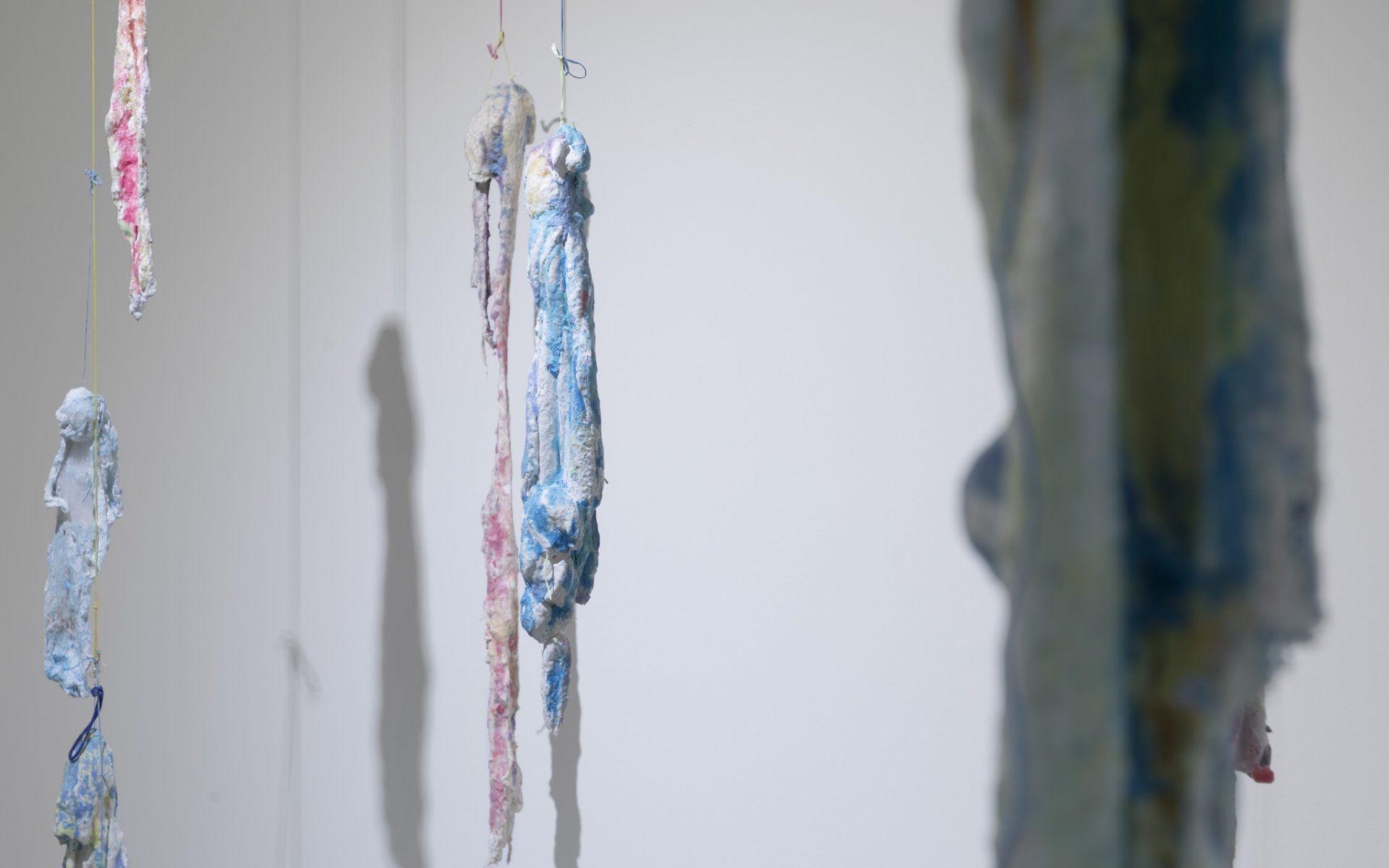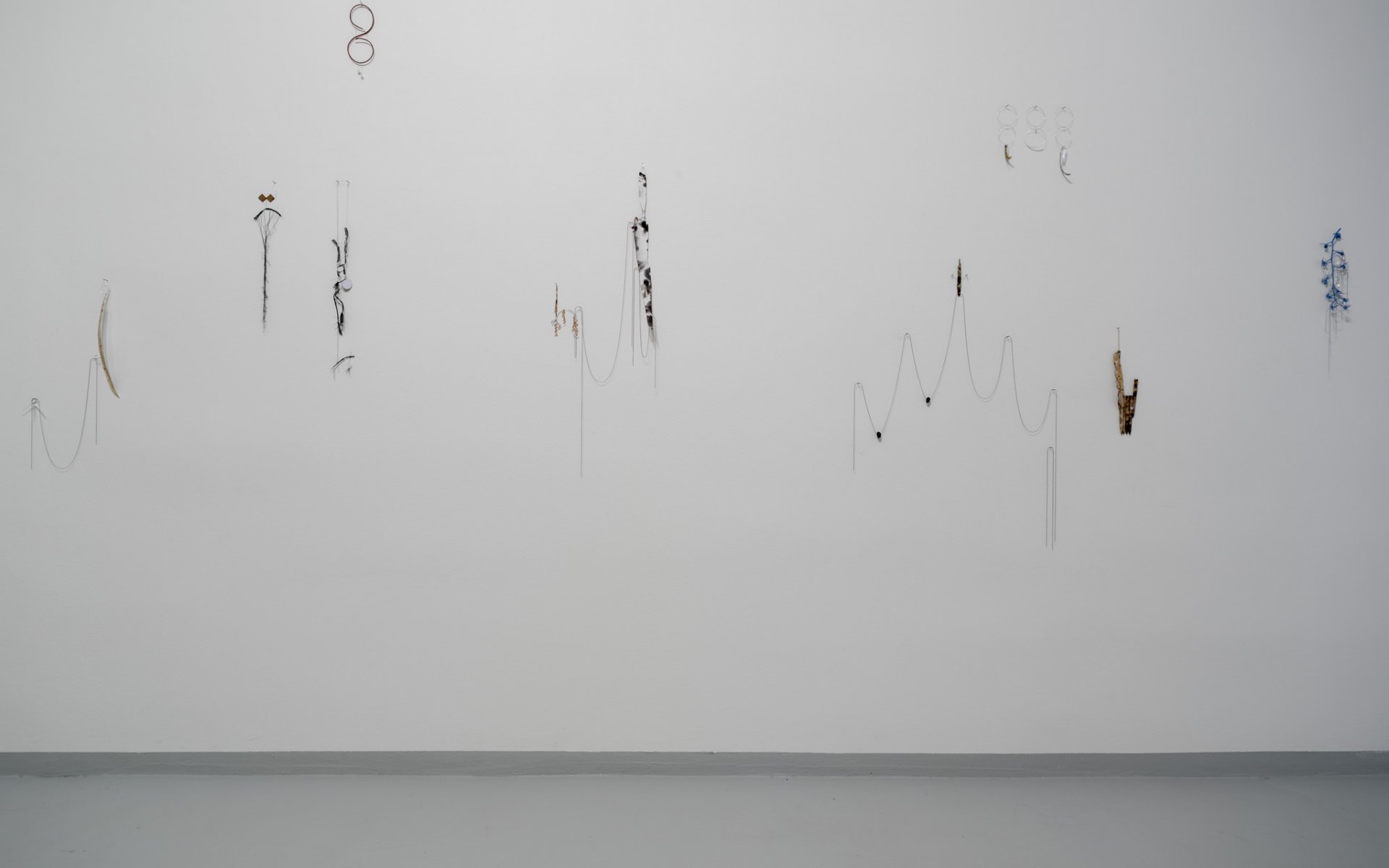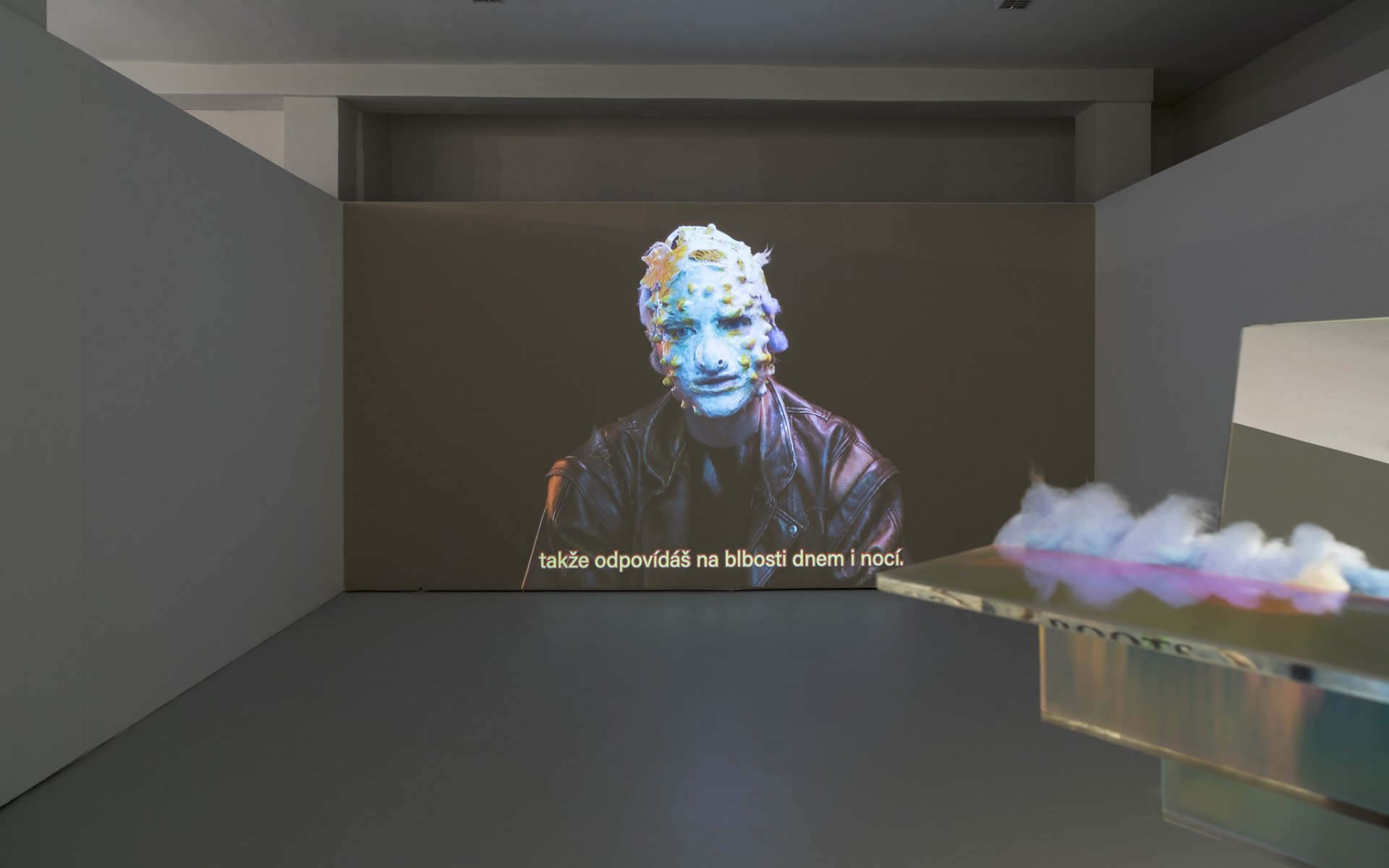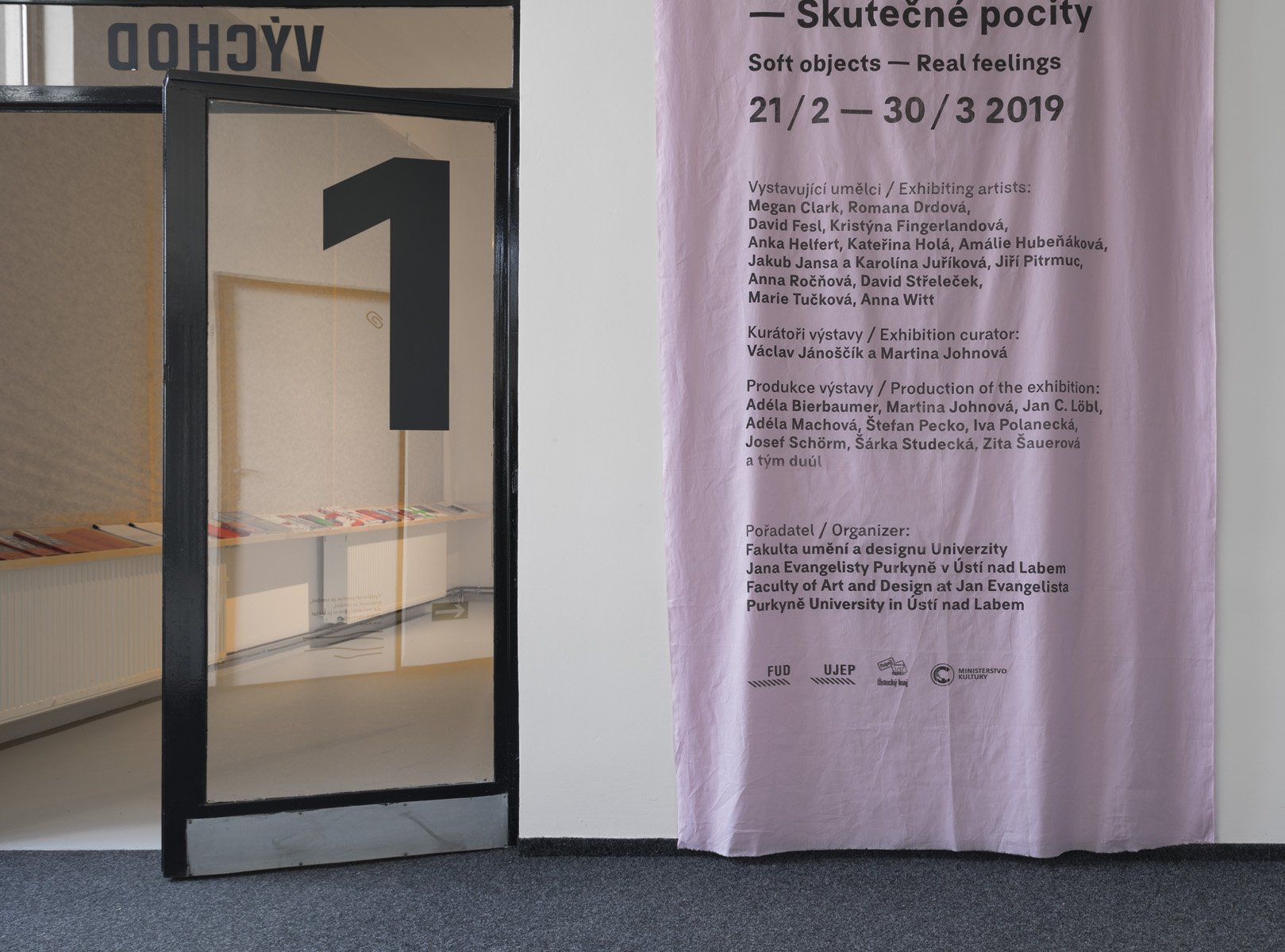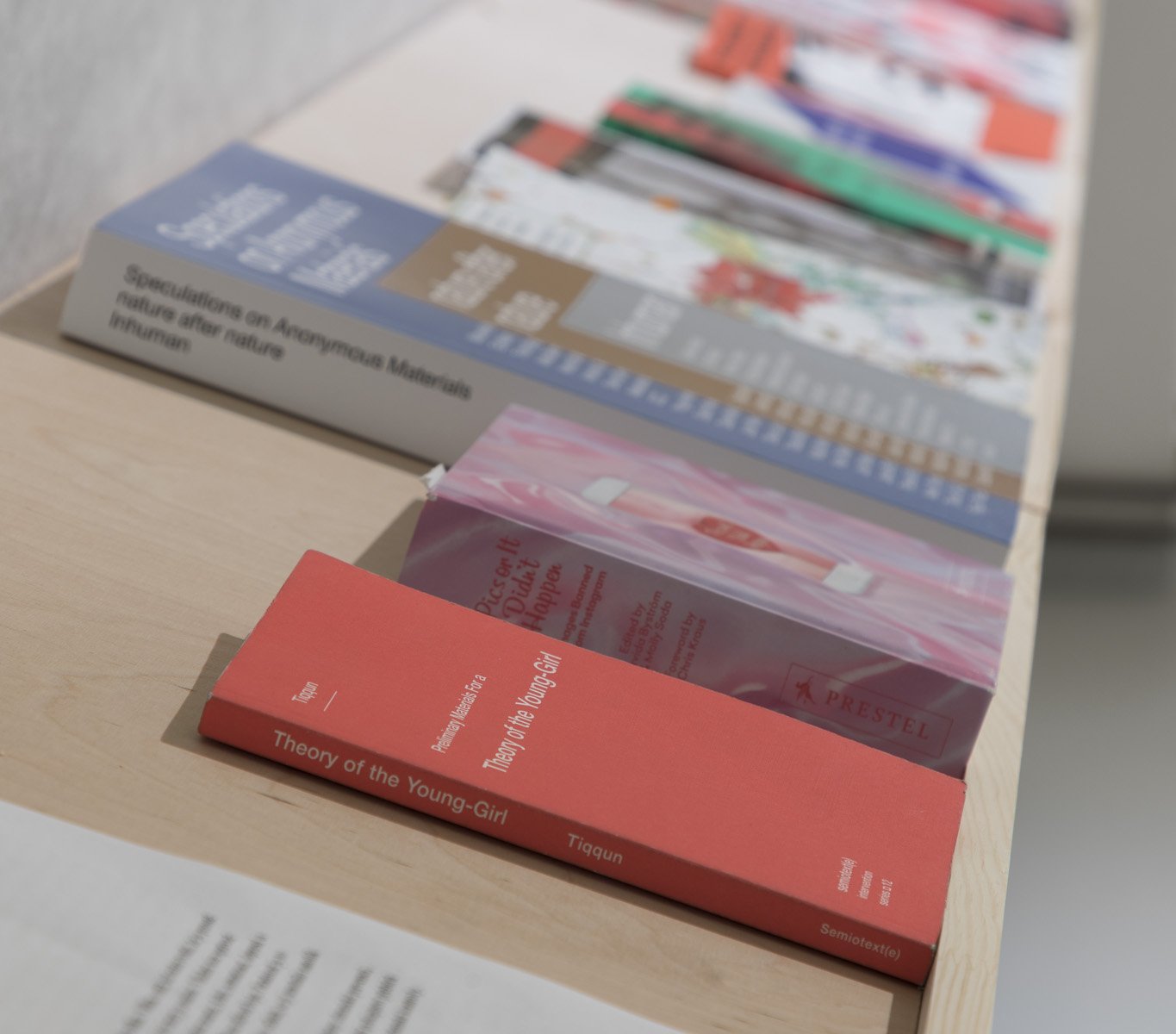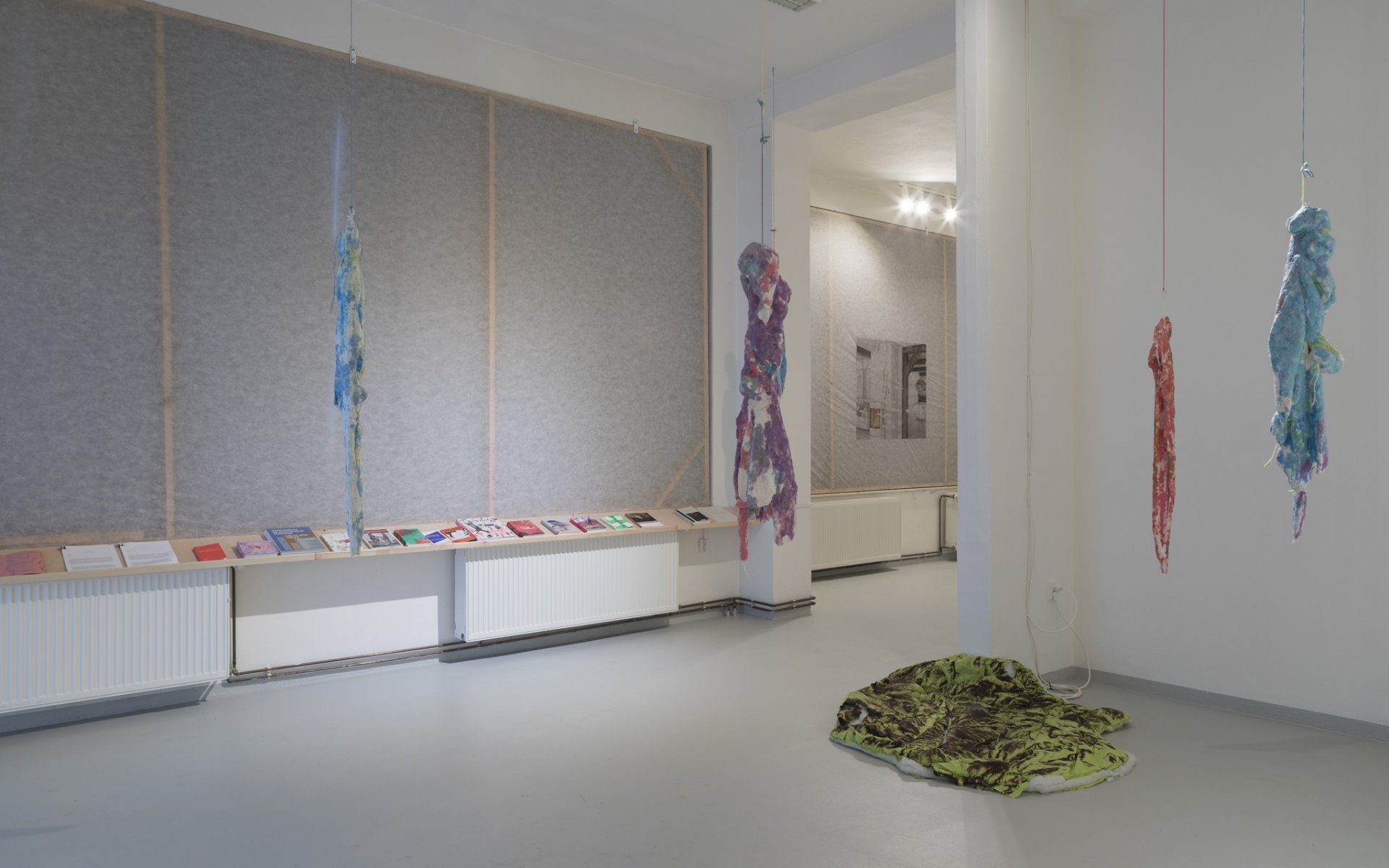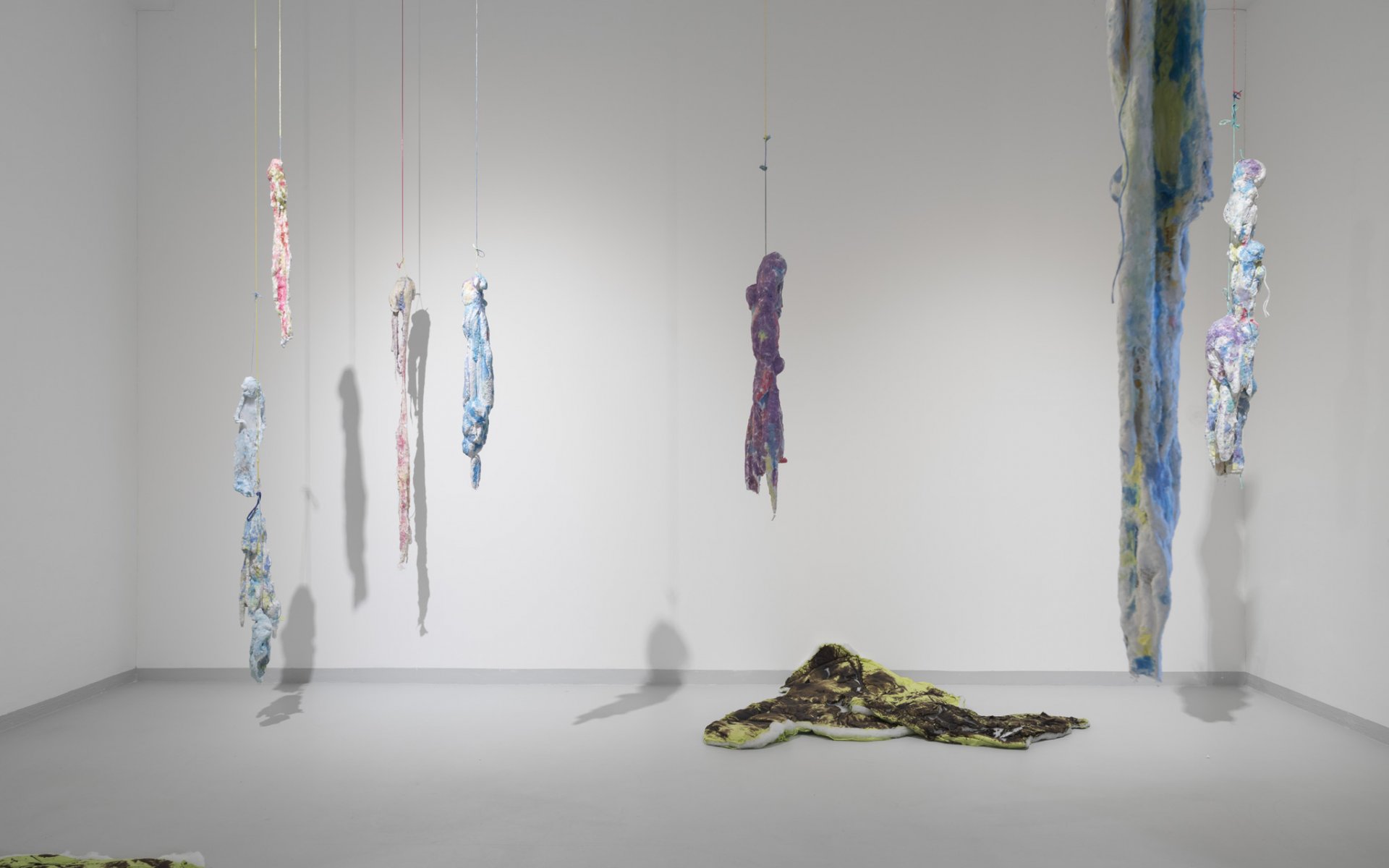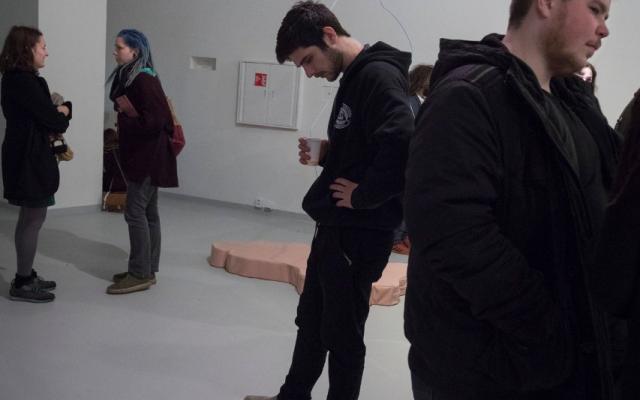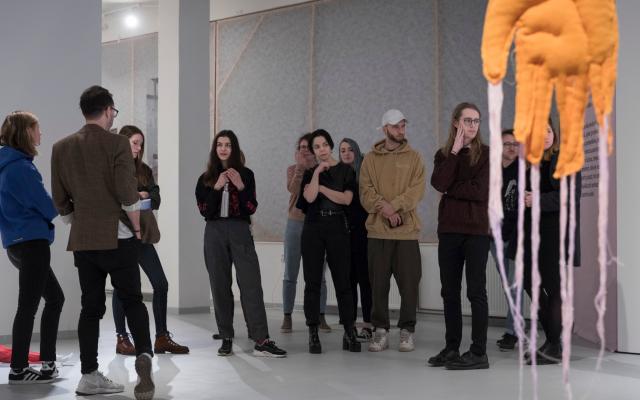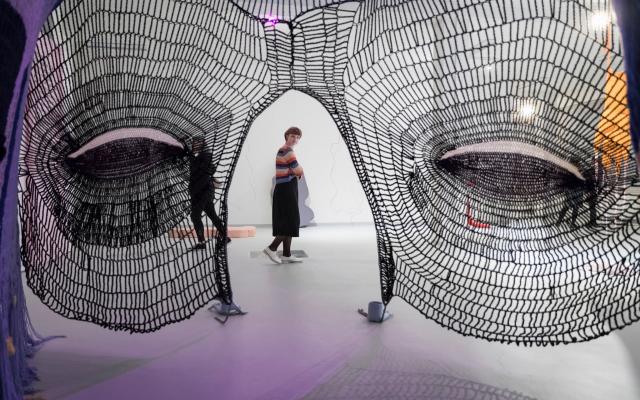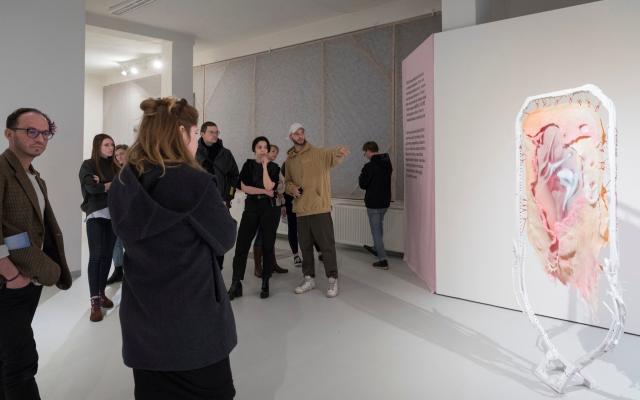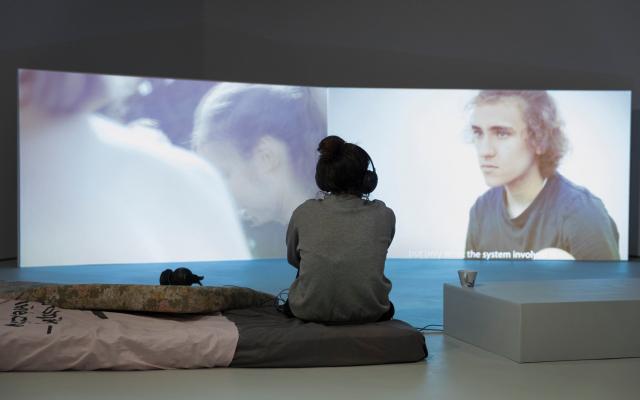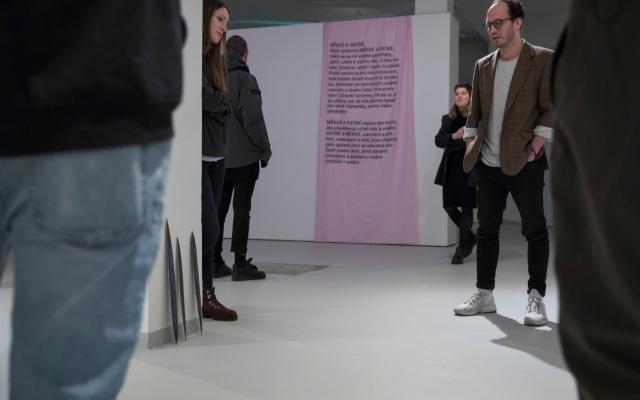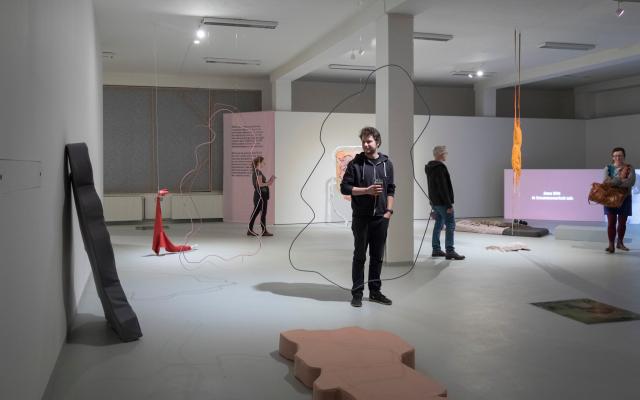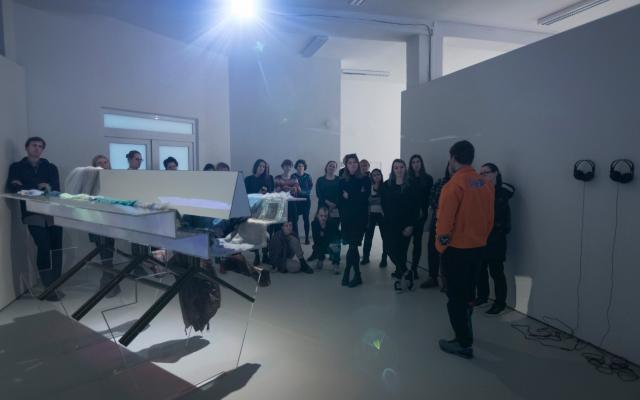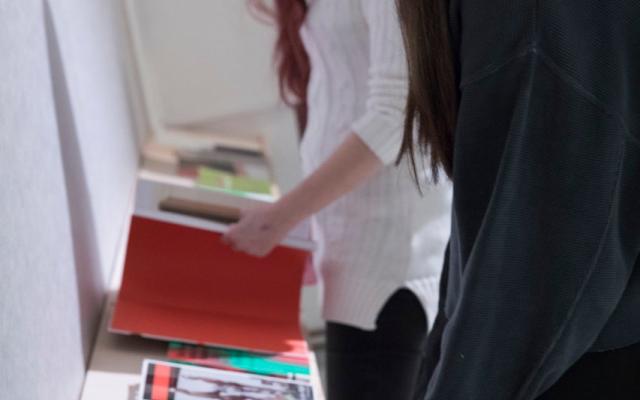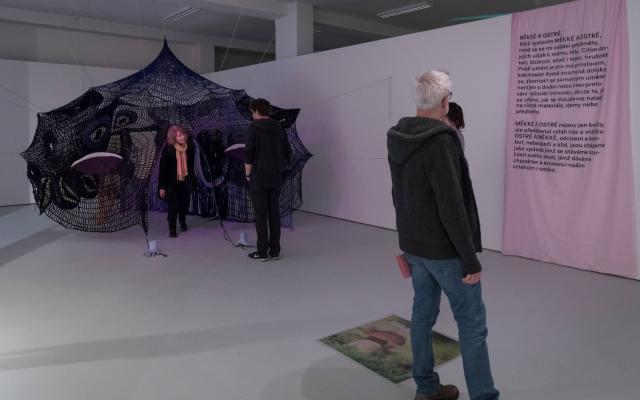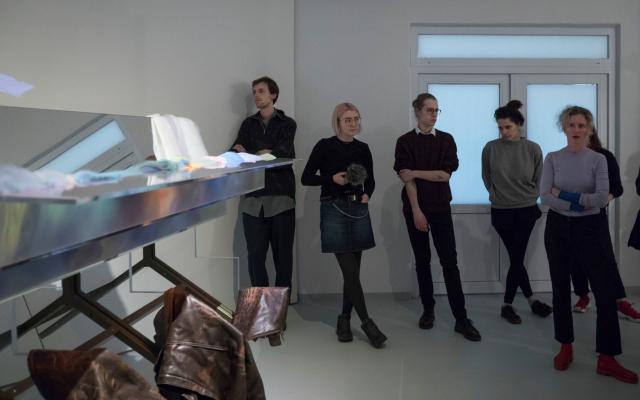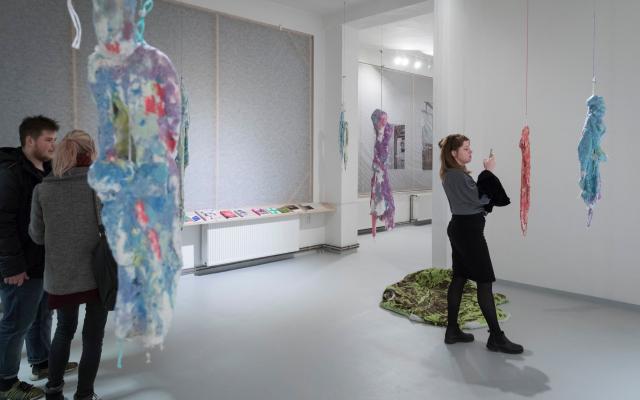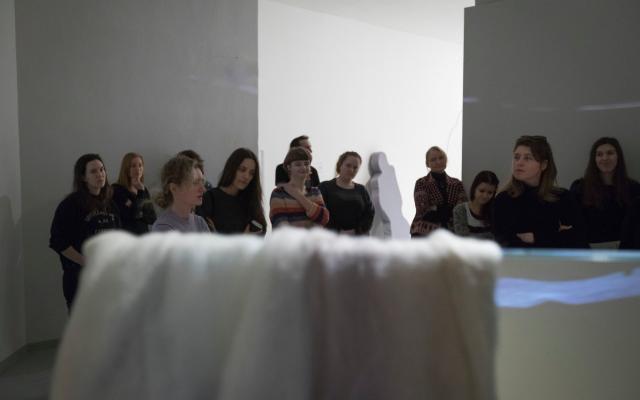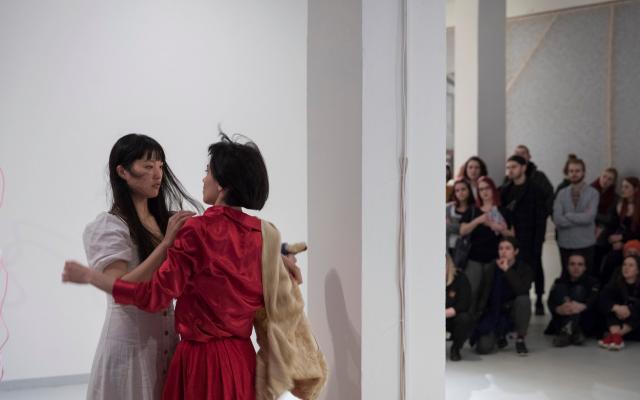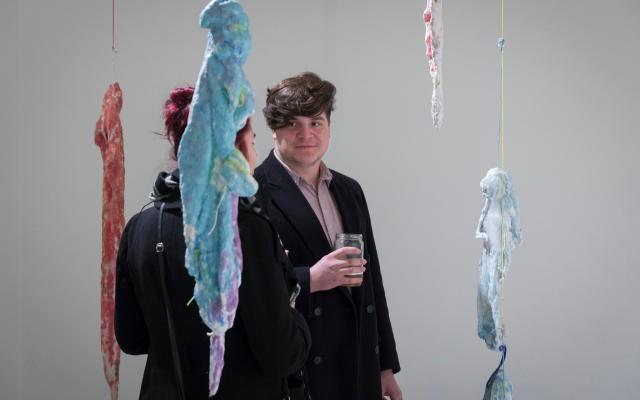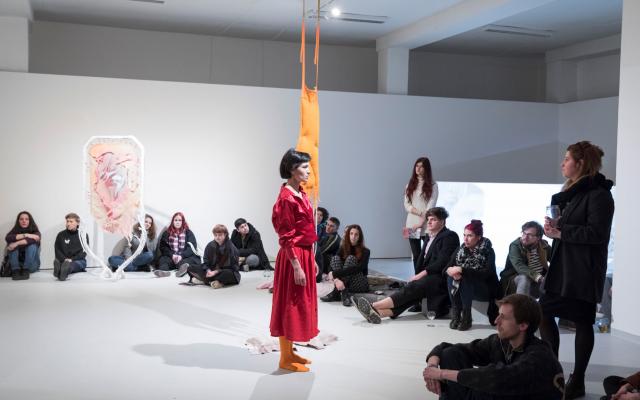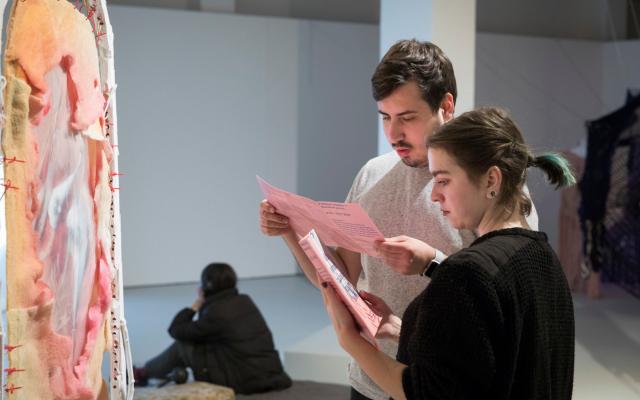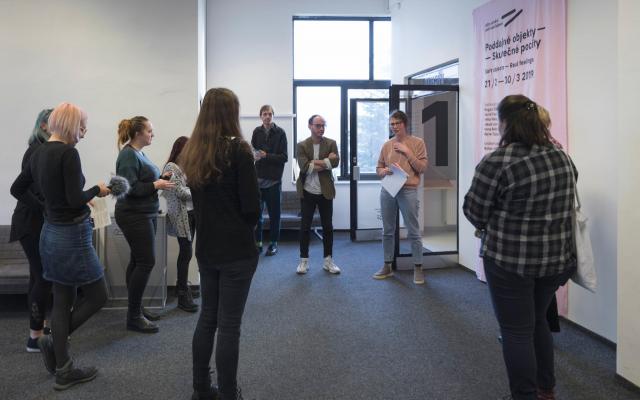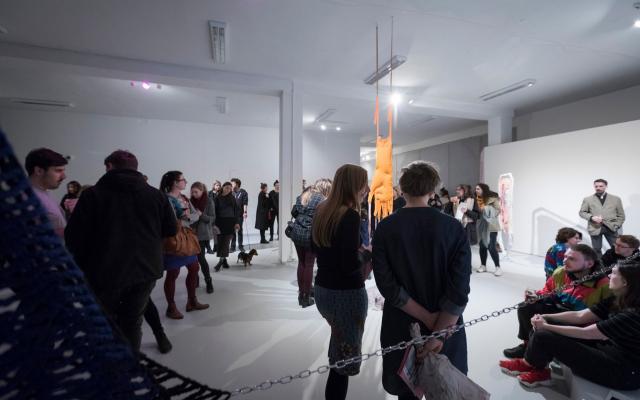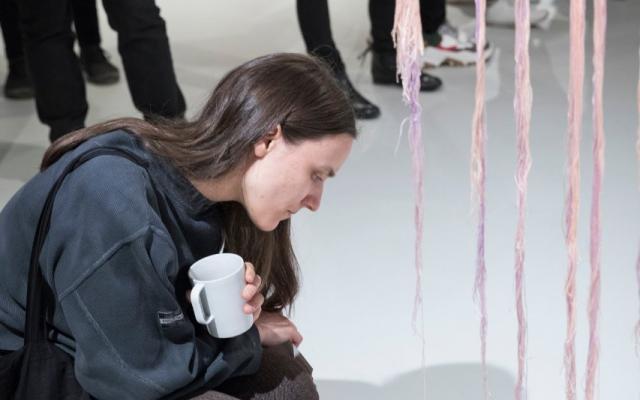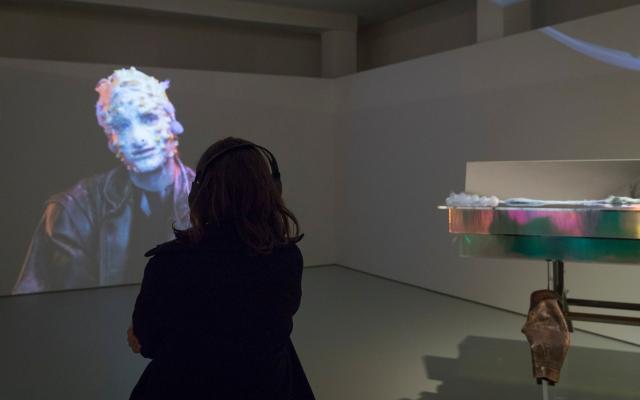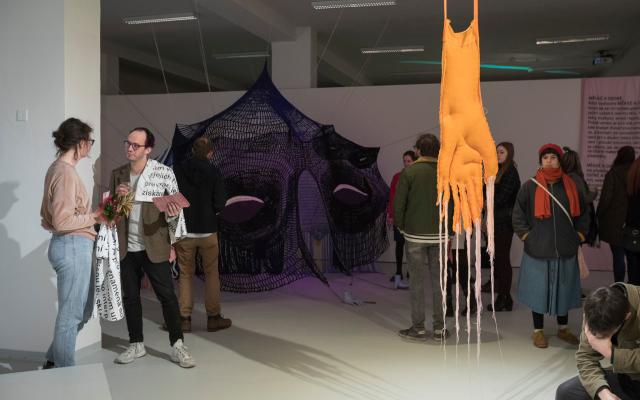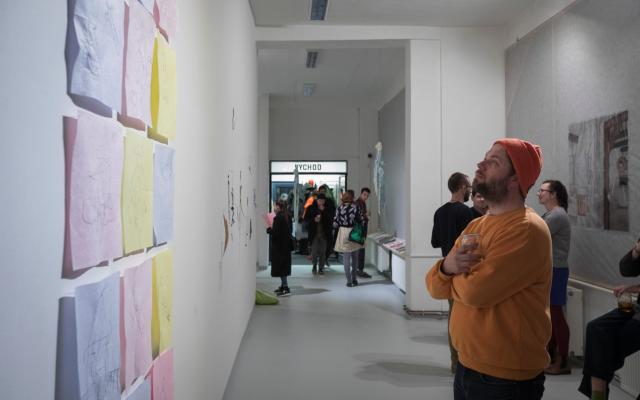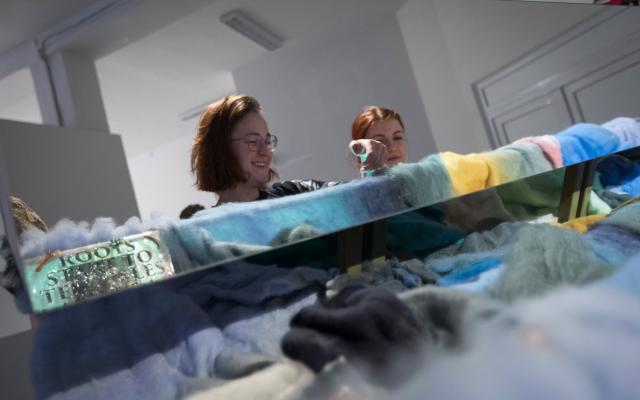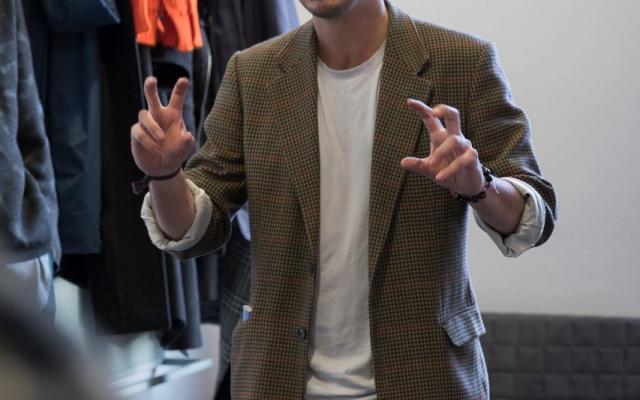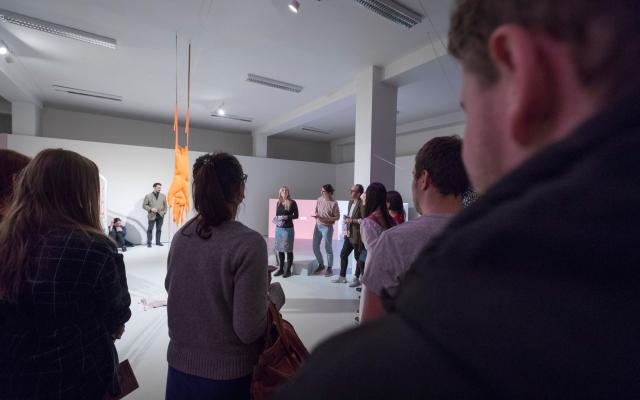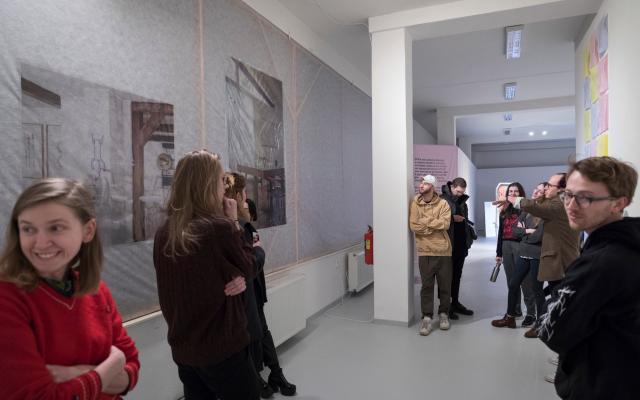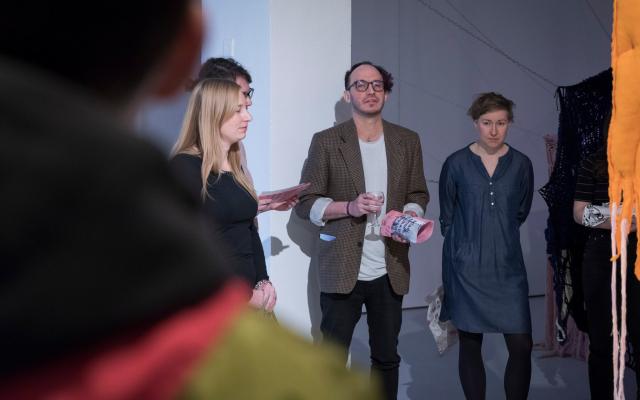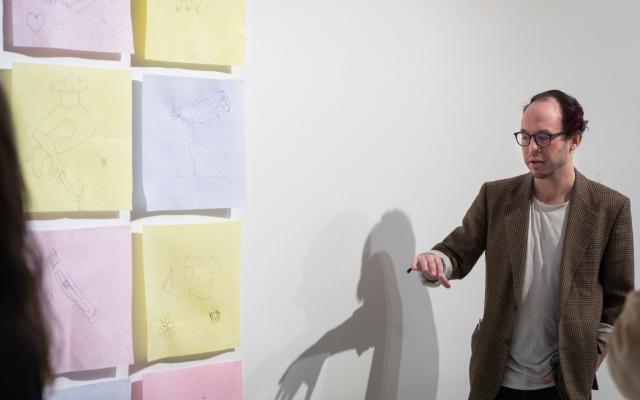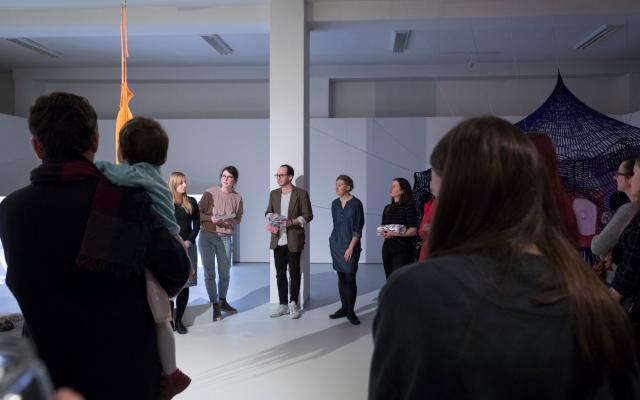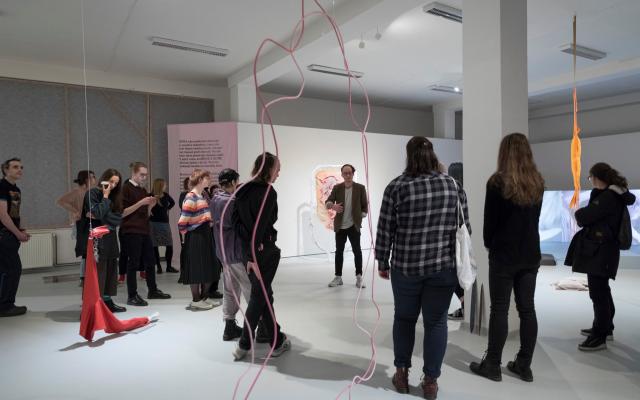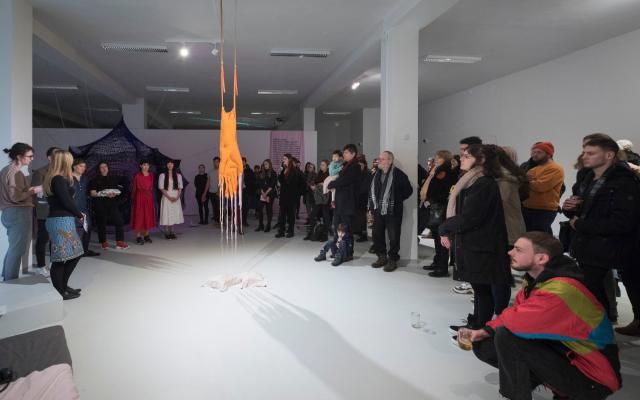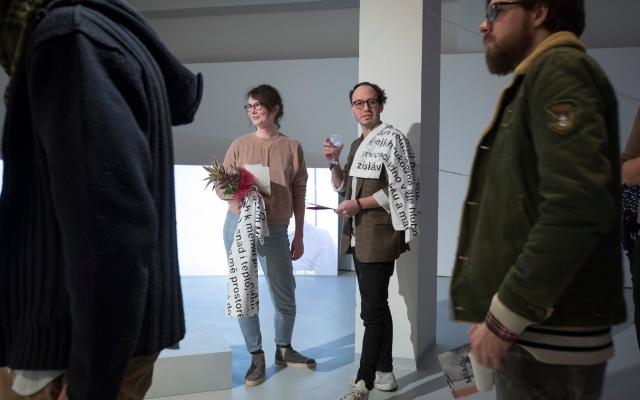Soft object – Real feelings
21/02―30/03/2019
Youth, emotions, desire for a better world ― the Ústí nad Labem House of Arts launches a new exhibition about the young generation facing the contemporary world’s problems
The exhibition has been curated by Václav Jánoščík and Martina Johnová.
Megan Clark, Romana Drdová, David Fesl, Kristýna Fingerlandová, Anka Helfert, Kateřina Holá, Amálie Hubeňáková, Jakub Jansa a Karolína Juříková, Marie Tučková, Jiří Pitrmuc, Anna Ročňová, David Střeleček, Anna Witt
The exhibition projects focuses on the figure of a (young) girl as depicted by Tiqqun (1999), Deleuze and Guattari (1980), and Witold Gombrowitz (1937). Yet the aim of the exhibition is rather to introduce the young generation of Czech male and female artists who, either deliberately or unconsciously, use the young girl’s figure as a lead for confronting nowadays problems, such as self-identification, online sharing of both pictures and ourselves, the almost perverse pressure on the picture of our body, consumerism on one hand and apathy, “pseudo-active” lifestyle, and the incapability to face current challenges on the other hand.
The young girl is not considered a form, a stereotype, an ideal, or a driving force of a spectacle in the project. Quite to the contrary: she is the freedom of what has not become stereotypical, stiff, adult yet; she has not become a woman yet. She is the process of “becoming”, the variety of speeds and processes, the pure physical unrestrained by organs, functions and reproduction yet. The process of “becoming” is the main theme of the book and of the Deleuze and Guattari’s philosophy. To become (and possibly also to be) a young girl means to release oneself from the pre-prepared identities, meanings and social relations. A stern intellectual, a cold enthusiast, a dynamic workoholic, a creative crackpot, a vigorous leader, a friendly milksop, a sensitive shrinking violet, a determined fanatic. What is the true nature of the young generation? What means do we deploy to escape the contemporary issues and the pressure of the late capitalism? It is with disgrace that we have realized that even the constant protests of millions of people and activism spreading thanks to social networks have brought almost no tangible results. The figure of the Young-Girl thus becomes a weapon. It serves the audience even with political and critical topics in an apolitical and smooth way, and veils its inhumanity with the most intimate expressions of humanity (voice, seduction, emotions). It is a tool as well as the driving force of desire and even of war.
We are constantly trying to capture, name or maybe criticize the issues in contemporary societies, whether they relate to politics, ecology, acceleration, our identities, communication, or the complex of ideas called capitalism. The bases of the theory of the Young-Girl could well be one of the most comprehensible attempts to provide these problems with a tangible form and face. The girl is not real, of course; it is as if she is nothing, yet – at the same time – she represents our desires, the identity crisis, the decay of other values…

